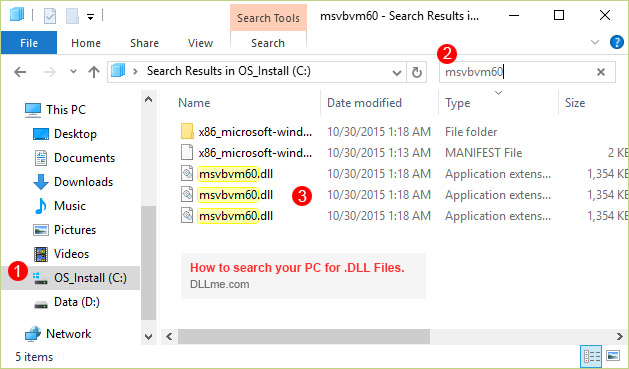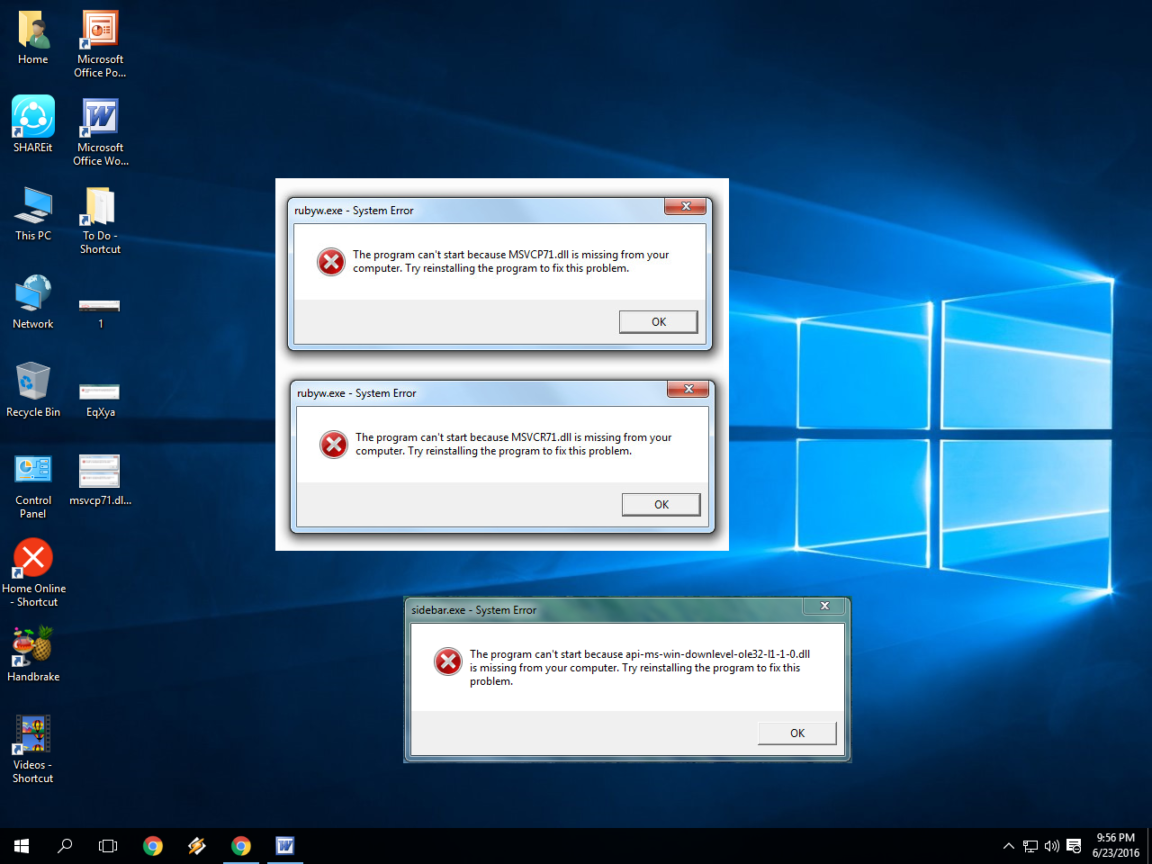

- #Where to put .dll files update
- #Where to put .dll files windows 10
- #Where to put .dll files windows

If so, select this option and click Next.

It will open the system recovery utility.
#Where to put .dll files windows 10
Once in Command Prompt type the following command: sfc /scannow /offbootdir=C:\ /offwindir=C:\Windows where C is the partition with the installed operating system, and C: \ Windows is the path to the Windows 10 folder. After that, go to “Troubleshooting” > “Advanced Settings” > “Command Prompt”. On the installation screen select your preferred language and then select “System Restore”. You can also boot from the installation disk or bootable USB flash drive with the Windows 10 distribution.
#Where to put .dll files update
In Windows 10, you can press Win key, select Settings > Update & security > Recovery and under Advanced Startup, click Restart now. You can get into Windows Recovery Environment from the login screen, by clicking Shutdown, then holding down the Shift key while selecting Restart. To fix these files you have to run SFC command through the command prompt in the Windows recovery environment. Keep in mind that System File Checker (SFC) cannot fix integrity errors for those system files that are currently being used by operating system. Once operation is complete you will get the message “Windows Resource Protection found corrupt files and successfully repaired them.” or “Windows Resource Protection found corrupt files but was unable to fix some of them”. It will take a while, so please be patient. Step 2: Type sfc / scannow while in Command Prompt and hit Enter.Īfter entering the command, a system check will begin.Alternatively, you can press Win + X key combination which will open the menu where you can select Command Prompt (Admin). Step 1: Start the command line as an administrator in Windows by pressing Win key on your keyboard and typing "Command Prompt" in the search field, then - right-click on the result and select Run as administrator.To execute this command, you have to run command prompt as administrator. Many users are familiar with the sfc / scannow system file integrity check command, which automatically checks and fixes protected Windows system files.


 0 kommentar(er)
0 kommentar(er)
